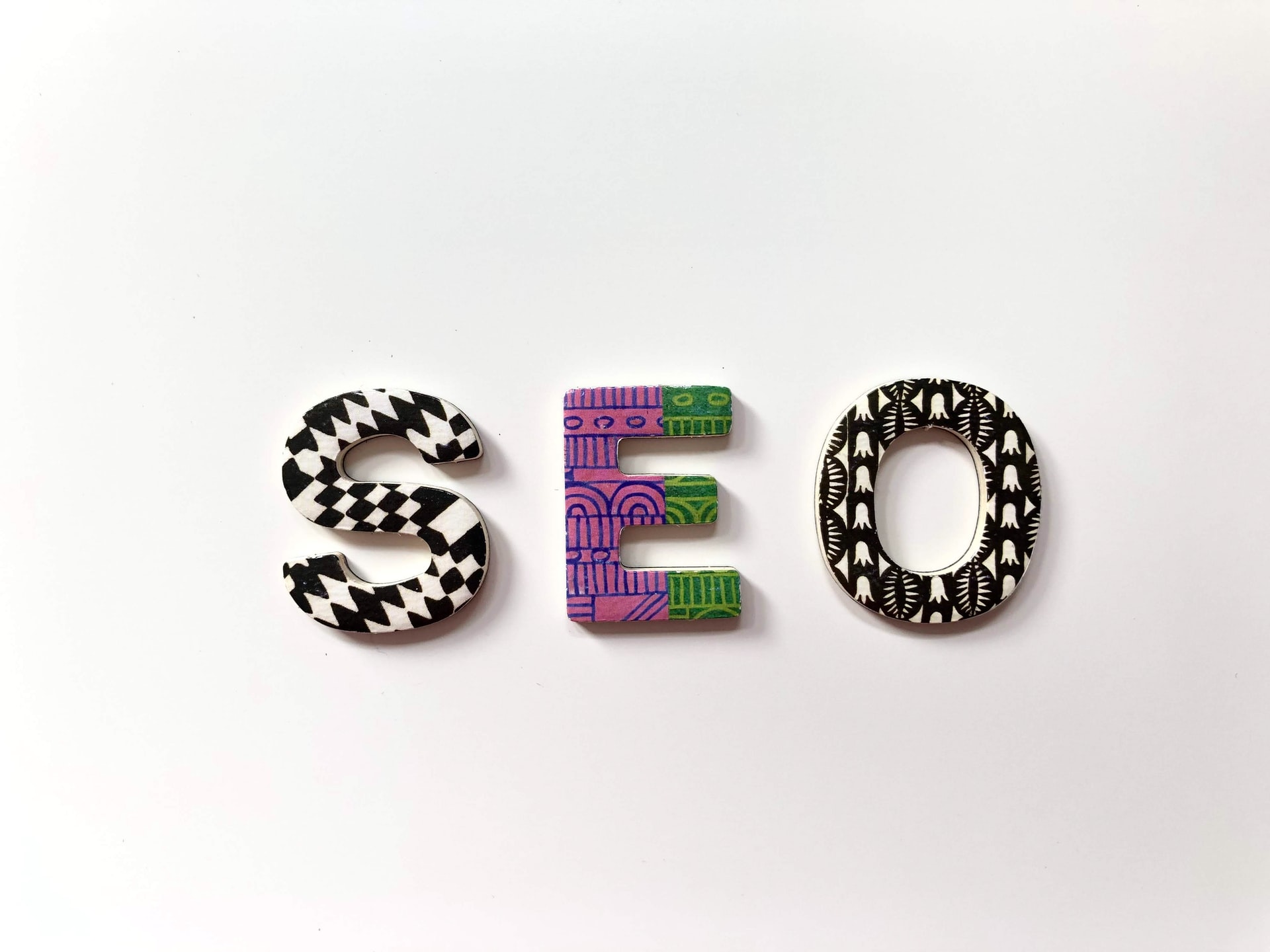
Did you know that more than seven in ten people prefer to do business with companies that they know?
If you want to grow your business, it is imperative that you make it easier for people to get to know what your business is about. One of the best ways to do this is by developing brand consistency across your various social media platforms.
The problem is that it can be difficult to know what you need to do to improve your branding efforts. To help you out, we’ve created a guide. Keep reading if you want to find out more.
What Is Brand Consistency?
Building brand consistency is all about delivering messages that are aligned with your business’s promises, customer experience, values, and identity. People often refer to businesses that have developed brand consistency as being “on brand.”
By establishing brand consistency, it will become easier for people to recognize your brand across its different social media platforms.
Those who engage with brands that have a consistent brand identity have unified experiences, regardless of whether they’re reading a newsletter, commenting on an Instagram post, or making a purchase on a company’s website.
Be Sure That Your Branding Guidelines Are Easily Accessible
The first step to building consistency in branding involves getting all of your workforce on the same page about what your brand represents. This will help your team members to know how to communicate what your brand is about.
To do this, you’ll need to create branded visual elements. This includes things such as a typeface, logo, color palette, and photos. You should aim to bring these elements together in a way that speaks for your business as a whole.
The easiest way to make sure that your employees are on the same page about your brand identity is by making a brand portal that is easy for people within your organization to access.
It’s also a good idea to include a copy of your brand’s style guide within this portal. You should strive to keep this style guide updated so that everybody on your team will know when changes happen.
Bring Visual Elements Together
Regardless of whether your company only publishes digital content or if it makes use of print materials, one of the most important aspects of a brand’s identity is its visual elements.
You should take steps to make sure that all of your marketing materials always use the same colors. It’s also important to make sure that you include these colors in your brand’s style guide.
Many businesses make the mistake of using too many colors. This tends to confuse potential customers. To prevent this from happening, it’s a good idea to use no more than four main colors.
If you really want your visual elements to stand out, consider using contrasting colors.
Create a Mission Statement
Whenever somebody on your team has doubts about what your brand is about, they can also refer to your mission statement. This is why people often refer to it as an organization’s “guiding light.”
A good mission statement will explain why an organization exists and what it does.
There are several things to keep in mind when you are developing a mission statement. First, make sure that the language you use is easy to read.
It’s also important that you make clear why your business is valuable and how it stands out from the competition. Explain the “big picture” of what your company stands for, and don’t forget to make it memorable.
If your organization publishes a ton of blog articles, it’s also a good idea to introduce your editor in chief.
Always Include Your Logo
If you want to create a consistent brand experience, you need to have a memorable logo. You should be sure to add this logo on all of your organization’s assets.
A good logo is easy to recognize and helps people understand what your organization is all about.
Prioritize Your Brand’s Evolution
Successful businesses always need to be making internal changes to reflect shifts in the marketplace. This means that their brands are in a continual state of evolution.
Even if you don’t shift your brand’s core values, you will need to update things such as visual elements, your logo, fonts, and color palettes every once in a while.
For example, a company that sells spring water might make changes to its brand in order to reflect the market’s desire to cut down on plastic waste.
They may update their packaging by only using recycled materials.
Always Be Ready to Shift
The world is constantly changing. This is why you should do your best to prepare for changes before they happen. One great way to do this is by using software that helps you to manage your digital assets.
The best kinds of software make it easy for you to store all of your digital assets in a single location. When you do need to make changes to these assets, you’ll be able to rest assured in knowing that all of your employees will be on the same page.
It’s Easy to Achieve Brand Consistency
Since organizations need to be active on so many different social media channels, it’s more important than before that you take steps to achieve brand consistency.
If you are ready to develop your brand but don’t know how to get started, we are here to help you. Don’t hesitate to contact us once you are ready to get started.





